The “Gen-Z Movement” that erupted in Nepal in September 2025 shook not only the internal political structure of Nepal but also ignited an ideological debate across South Asia — particularly in India. What initially appeared to be a spontaneous youth protest against social media bans and corruption soon unveiled a deeper and more unsettling reality — a challenge to entrenched caste dominance, especially the hegemony of the Brahmin-Kshatriya elite.
In this context, the role of Indian media — especially the so-called “Godi Media” (pro-establishment media) — becomes crucial. The way some journalists and media outlets attempted to suppress the caste-based realities of this movement to protect the Brahminical power structure in India is not just concerning — it is dangerous.
Brahmin Dominance in Nepal: A Historical Context
Nepal’s administrative, political, and judicial institutions have long been dominated by the Khasiya Arya — primarily the Bahun (Brahmins) and Chhetri (Kshatriya/Rajput) communities. Though they make up only about 30% of Nepal’s population, they hold 70-80% of top positions in government, bureaucracy, military, and judiciary.
This structural imbalance has caused long-standing resentment among marginalized groups — the Madhesis, Tharus, Dalits, and various indigenous communities. Despite affirmative action laws passed in 2007, the caste-based power imbalance remains largely unchanged.
In 2025, what began as a protest against social media censorship quickly escalated into a full-fledged revolt — not just against political elites but against caste privilege and institutional inequality.
The Gen-Z Uprising: From Digital Rebellion to Caste Awakening
On September 4, 2025, the Nepalese government imposed a sweeping ban on major social media platforms, including Facebook, X (Twitter), Instagram, and YouTube. While the official narrative framed it as a move to curb “fake news and unrest,” Nepal’s youth saw it as an attack on their freedom of expression.
This censorship, however, became the spark for something much deeper. Public anger turned toward the “Nepo Kids” — children of powerful politicians and bureaucrats, mostly from Brahmin-Kshatriya backgrounds, flaunting lavish lifestyles on social media. These stark contrasts — between elite privilege and youth unemployment — led protesters to link systemic corruption with caste-based dominance.
A popular slogan from the protest summarized it well:
“It’s not just nepotism. It’s Brahminism with a political mask.”
Pratima Mishra’s Report: A Mirror to the Movement
Indian journalist Pratima Mishra of ABP News played a pivotal role in revealing the caste dynamics behind the movement. In her show “Bharat Ki Baat”, she stated:
“This is not merely about corruption or censorship. It is a revolt against Brahminical hegemony.”
Her video analysis went viral, garnering both praise and backlash. And with that, India’s Godi Media went into damage control mode.
Godi Media’s Response: Defending Brahminism, Silencing Debate
Several mainstream Indian media outlets — Times Now, Zee News, Aaj Tak, India TV, Republic TV, and even ABP News (through other anchors) — began spinning alternative narratives to divert attention from the caste angle.
Strategies Used by Godi Media:
| Strategy | Tactics Employed |
| Suppress Caste Discourse | Avoid mentioning “Brahmin dominance”; focus only on “nepotism”, “corruption”, or “unemployment”. |
| National Interest Rhetoric | Claimed that talking about caste could damage India-Nepal relations. |
| Foreign Conspiracy Narrative | Blamed “Chinese interference”, “Western NGOs”, and “leftist propaganda”. |
| Hindu Unity Card | Cast the anti-caste discourse as a “Hindu-breaking agenda”. |
Prominent Media Figures:
- Chitra Tripathi (Times Now): Equated caste discussions with “anti-nationalism”, emphasizing “Hindu unity” and labelling critics as “divisive”.
- Sudhant Sinha (ABP News): Called Pratima Mishra’s viral segment a “deliberate Brahmin-bashing conspiracy”, blaming leftist intellectuals.
Indian Media Coverage vs. Nepali Reality
Despite Nepali outlets like The Kathmandu Post openly discussing caste dominance, Indian Godi Media avoided the issue almost entirely. A comparison of media coverage:
| Channel / Newspaper | Coverage Focus | Position on Brahmin Dominance |
| Aaj Tak | Youth movement, violence, impact on border trade. | Brief mention, downplayed as “internal Nepal issue”. |
| Zee News | Linked protests to Chinese influence, showed luxury reels of Nepo kids. | Cast dominance ignored. |
| ABP News | Covered deaths and military deployment. | Called caste issue “old problem”, not current trigger. |
| India Today | Framed it as US-China geopolitical battle. | Relegated caste angle to background. |
| Dainik Jagran | Focused on corruption, Chinese proximity, trade losses. | Mentioned “Brahmin Raj” but didn’t explore it deeply. |
| Navbharat Times | Focus on social media bans and “youth addiction”. | No mention of caste. |
Only a few independent outlets — like The Hindu or international media like BBC — discussed the caste issue frankly.
Brahmin Communities’ Reaction in India: Fear & Denial
Social media saw trends like #Brahmin_Protection_Act as sections of the Brahmin community felt under attack. Ironically, while holding disproportionate power in judiciary, civil services, media, and education, the narrative flipped to portraying Brahmins as “victims”.
But this raised a vital question:
“If you dominate the state and the media, how is asking questions an attack on you?”
Could a Similar Movement Happen in India?
The short answer: Yes.
India shares many of Nepal’s fault lines — sky-high youth unemployment, expensive education, elite dominance in jobs, and caste-based inequality. Political parties, whether BJP, Congress, or AAP, remain structurally influenced by upper-caste and RSS-backed ideologies.
Nepal’s movement proves one thing: when institutional injustice simmers long enough, one spark can ignite revolution.
Criticism of Brahminism ≠ Hatred of Brahmins
This distinction is crucial.
Criticizing a systemic caste hierarchy — be it Brahminism or any other — does not equate to hating individual Brahmins. Journalists like Pratima Mishra are pointing at institutional inequality, not individuals.
Until caste privilege is addressed openly and honestly, democracy in both India and Nepal remains incomplete.
Final Words
Nepal’s Gen-Z movement is not just a national uprising — it’s a mirror held up to all of South Asia. If India refuses to introspect, suppresses caste discourse, and continues to use media as a shield for the privileged, the next spark could ignite along the banks of the Ganges.
The question is not if, but when.
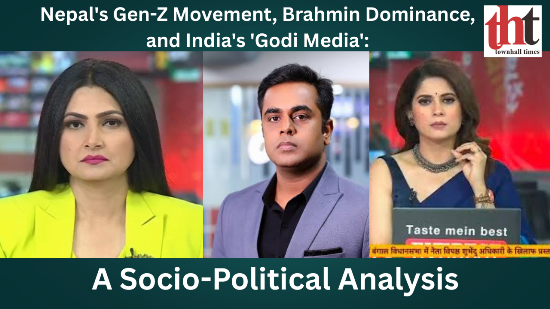

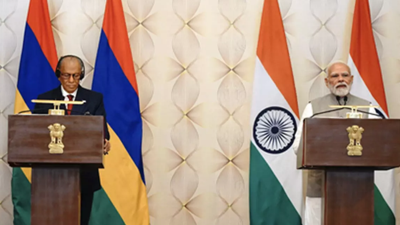
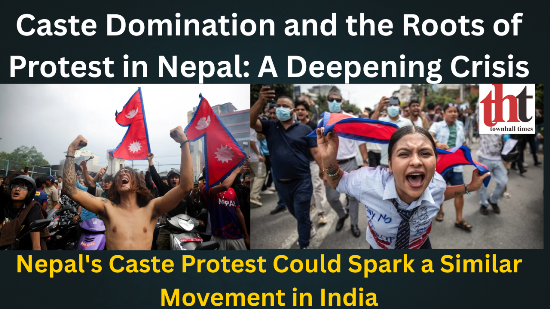

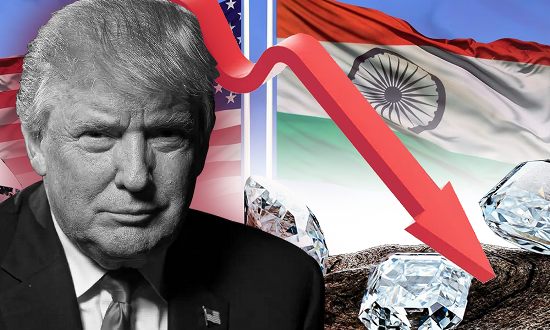



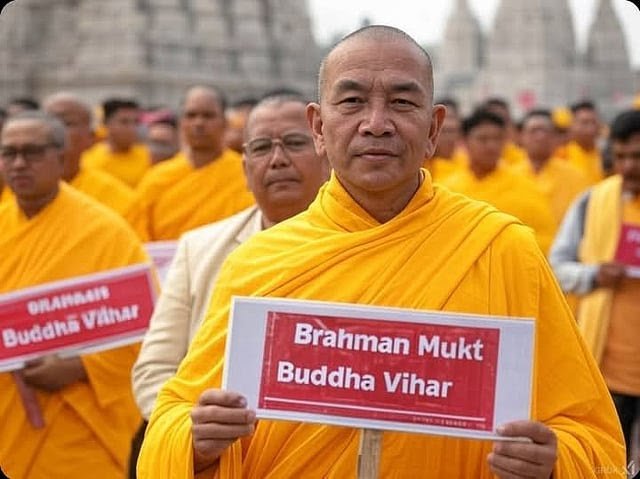
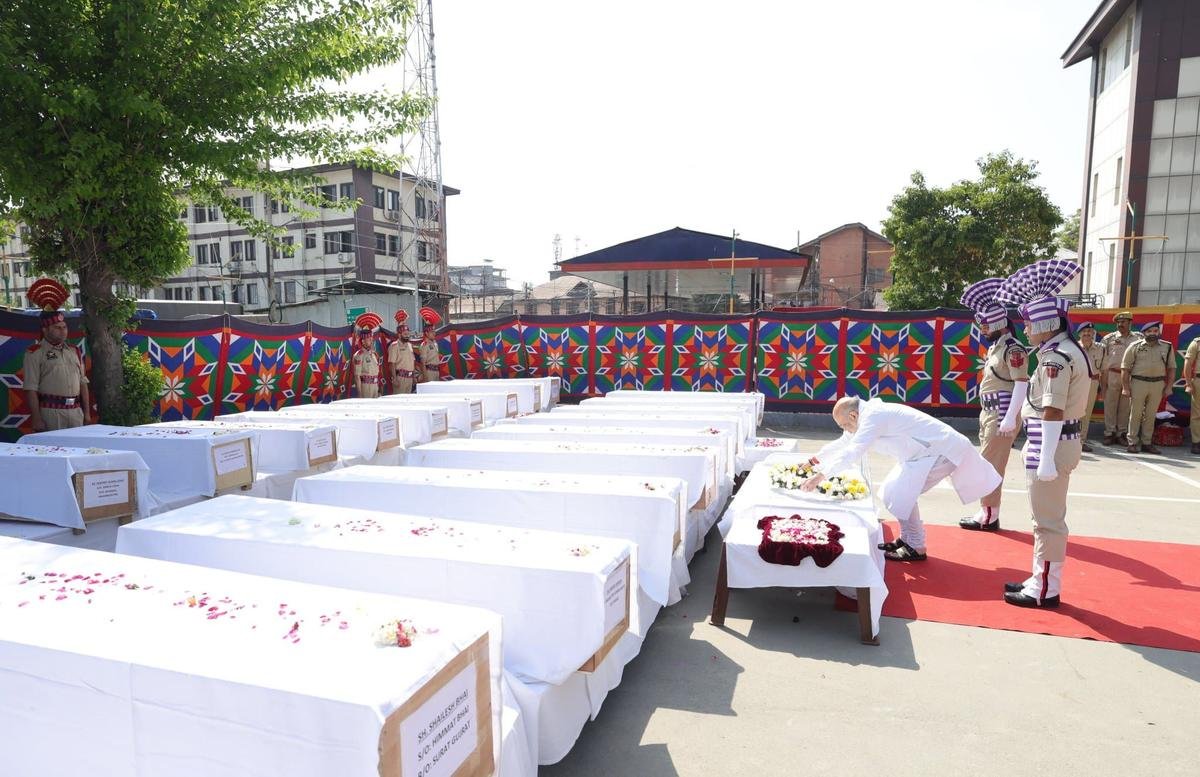
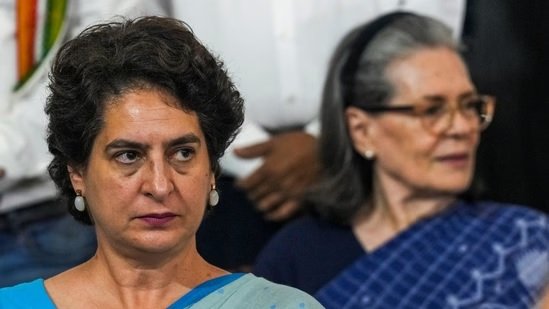

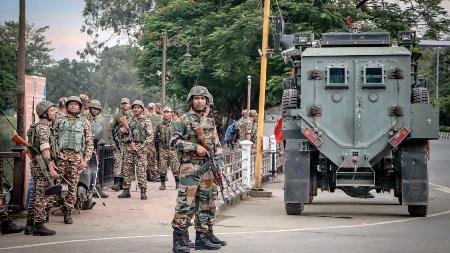
Leave a Reply